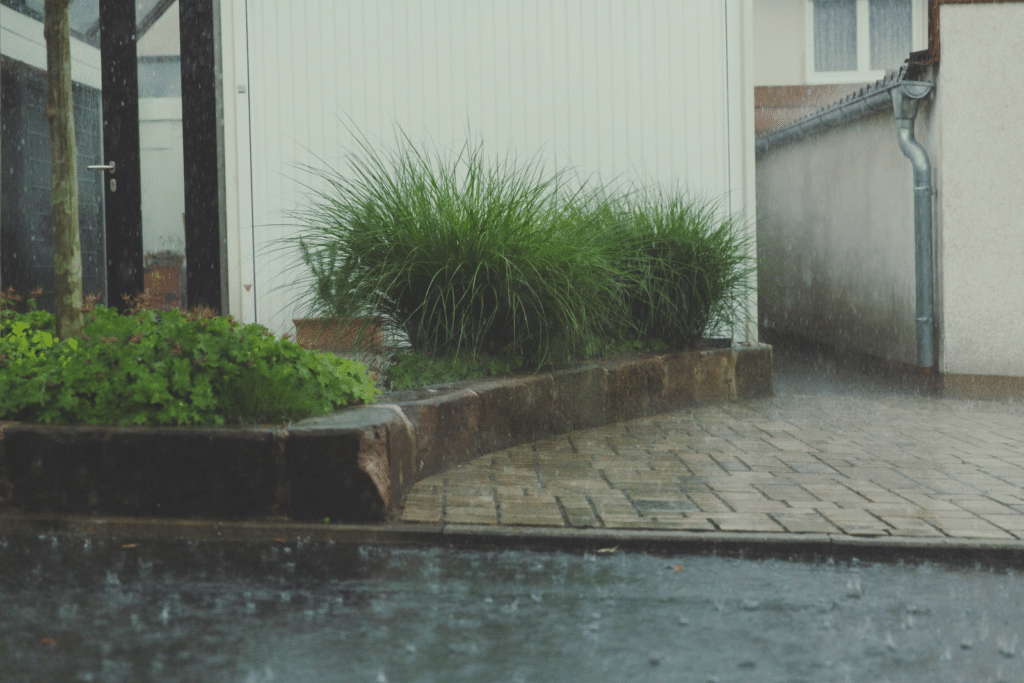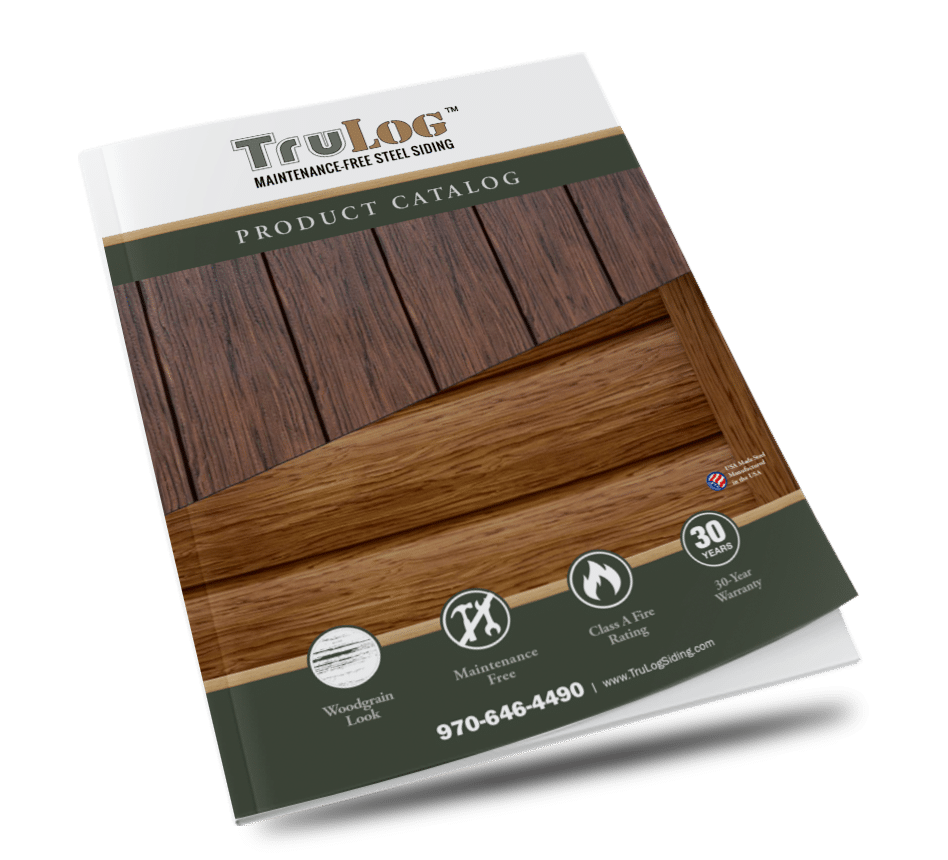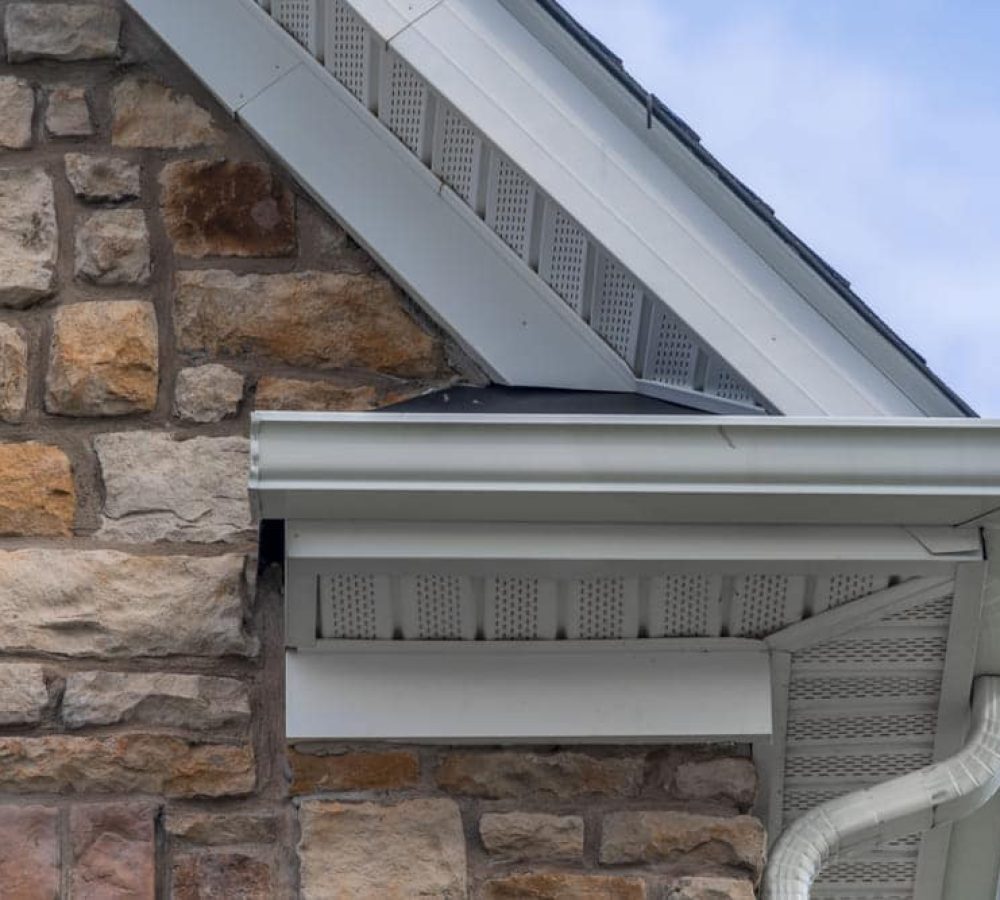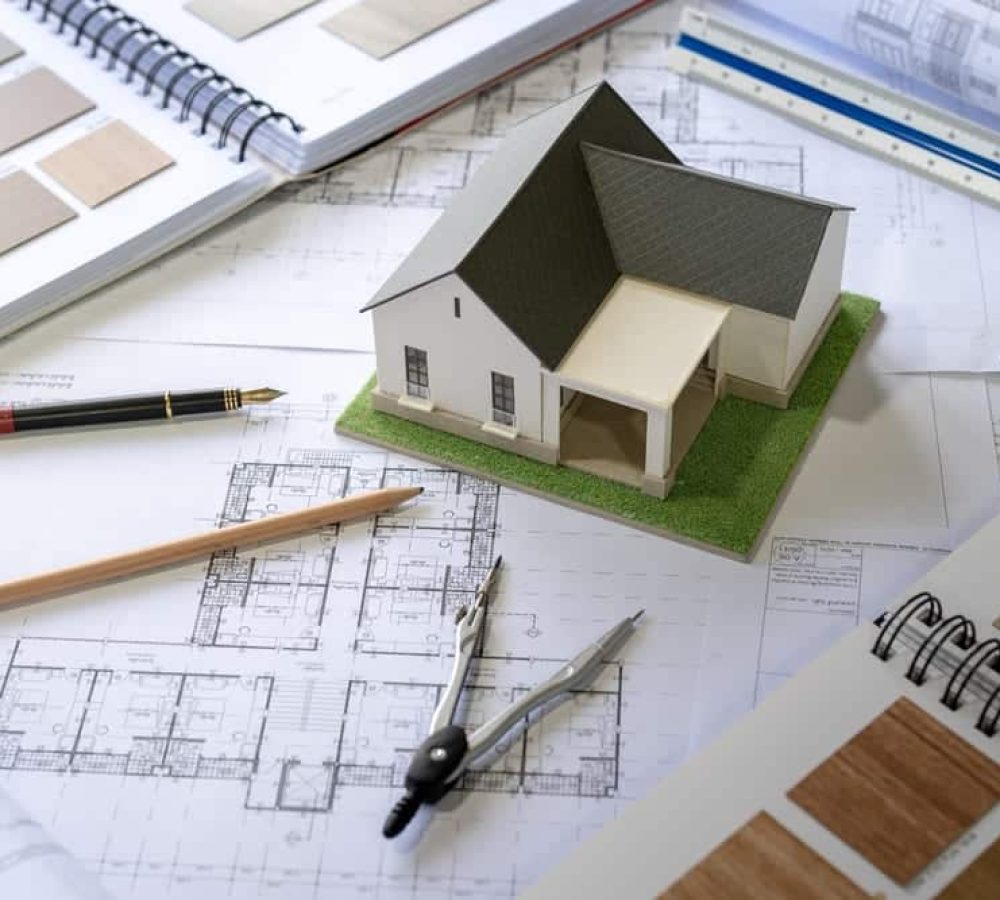Hardie siding is a great way to accentuate the appearance of your home, but it can also have some drawbacks. The most obvious disadvantage of this type of siding is moisture intrusion. Your home’s siding will likely be subjected to rain and wind, which can cause moisture to enter the building through tiny holes or cracks in the finish.
Hardie siding are one of the most popular options for homeowners, but with the limitations due to moisture, it’s understandable to see why there would be hesitation in wanting to make sure purchased. Even if installed properly you can still expect crack, mildew, and mold if the siding is exposed to moisture. So, why does this happen? Why are there moisture problems with Hardie siding? You’ll learn all about it here, so let’s dig a bit deeper into the matter.
What is Hardie Board?
Hardie Board is one of the most common types of siding used in the construction industry. The material is made from a dense fiberglass composite and is sprayed onto the wall. Hardie Board can be found in flat, textured, or painted varieties, which makes it quite versatile.
Does Hardie Board Absorb Water?
Simply put it, Hardie board does absorb water. Hardie is a great product, and it’s fantastic as a siding product. It’s even built to resist water, when installed correctly. However, if water managed to get through the surface layer and get into the siding, this can cause major issues. It’s really about the areas where water can be absorbed. For instance, if there are splits or cracks in the siding, even nail holes, these can bring in moisture.

These little defects can add up, whether it’s improper installation or just aging. In cases like this, the water is going to get absorbed, which will eventually cause deterioration such as rot or mold. Ideally, you should hire a siding contractor that has plenty of experience with Hardie siding and installation. This alone should instantly help you and save you from any worries.
What are the Common Moisture Problems With Hardie Siding?
Fiber cement is made from sawdust and wood pulp, both of these ingredients are prone to absorbing moisture. While perfect installation is very important, it technically isn’t going to help with siding moisture resistance. Some siding will come in contact with the ground, this is usually where the moisture problem beings. Fiber cement siding takes a long time to dry, so areas where there’s a wet season or just high moisture will mean there’s more exposure to moisture which can only lead to more issues.
The longer the siding stays wet means the worse you can expect the condition to get. So what can be done? In the end, it’s about ensuring that the installation is good, as this is going to prevent early damage to your Hardie siding.
Is It Possible to Prevent Moisture Problems With Hardie Siding?
Can you prevent moisture problems with Hardie siding? Is it even possible? It’s not 100% possible, but you should still look into ways that you can prevent problems. Essentially, the more upkeep and caution you take, the more likely the moisture problems will be less of an issue. So, here are some precautions you can take to prevent moisture issues with your Hardie siding.
- Never opt for cheap siding materials.
- Utilize permanent caulk
- Ensure that the underlayment is suitable for fiber cement.
- Always hire a professional to install it, never DIY this.
- Stick to the instructions
- Ensure to do perfect nailing.
- Keep an eye on your gutter system.
- Properly install all flashing and trim.
- Don’t deviate from the manufacturer’s instructions.
Are There Other Issues With Hardie Siding?
It doesn’t just stop with moisture, you can count on some other issues with Hardie siding too.
Frequent Maintenance
While you should always have a routine maintenance schedule for you home, when it comes to Hardie siding, you may need to incorporate this maintenance schedule a bit more. For example, after a certain period, paint will fade and caulking may be needed.
Quality Inconsistency
The quality inconsistency, is heavily going to vary. Fiber cement is not created equal, and this goes for the installation methods too. You’re never going to have the same quality of installation or product. So this is something you’ll need to be aware of.
It’s Pricey
Hardie siding is an expensive material, but the installation cost is fairly pricey too. Plus, since this is a fairly new material, the installation may need improvement (depending on the company), and this could cause more cost down the road. On the other hand, installation is vital for to ensure that moisture can stay out, so a good installation may be pricey, but it will be less costly down the road.
Hardie Siding Is Not Energy Efficient
If you’re wanting a home that’s energy efficient, than Hardie siding is not the best choice. Since Hardie has cement, this means there will be a loss of energy. In addition, the outdoor temperatures will most likely be able to infiltrate your home with this type of siding, meaning that it’s going to take a long for your heating or cooling to get to the temperature you’re wanting.
Bottom Line
Overall, you’re going to have to pay close attention to your Hardie siding. If there are any gaps or mishaps during the installation of the Hardie siding, this can create serious concern as this is going to void the products warranty. Hardie siding looks fantastic, but you’re going to have to make sure that it’s installed properly. There are a lot of issues that could happen due to moisture problems. So just make sure to keep your eyes peels. if you can, seek out a professional to do the installation. This will reduce the chances of any damage.
Frequently Asked Questions
Does Hardie siding need to be repainted? How often?
It’s all going to depend on the siding items, but you can expect the estimation to be roughly around five to fifteen years. Small damages won’t require the entire area to be repainted, on the areas that are damaged such as dents.
Does Hardie siding absorb any moisture?
Due to the material Hardie sidings are made from, this can absorb moisture. If there are any areas that are exposed to moisture or elements such as snow, than you can count on permanent damage to the sidings of your home.
What is the most common issue for Hardie siding that is caused by moisture?
One of the most common issues you can expect would be cracks and deterioration due to moisture.





